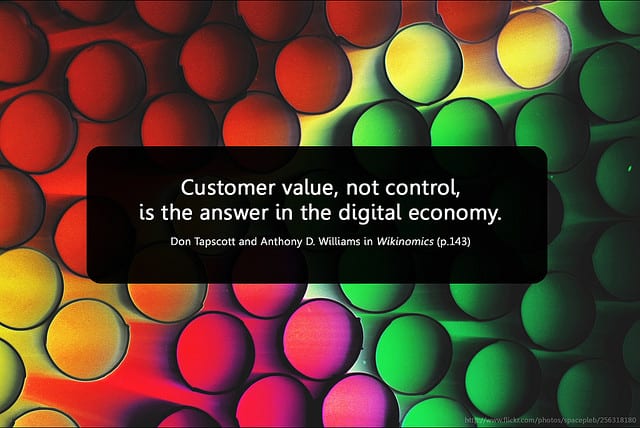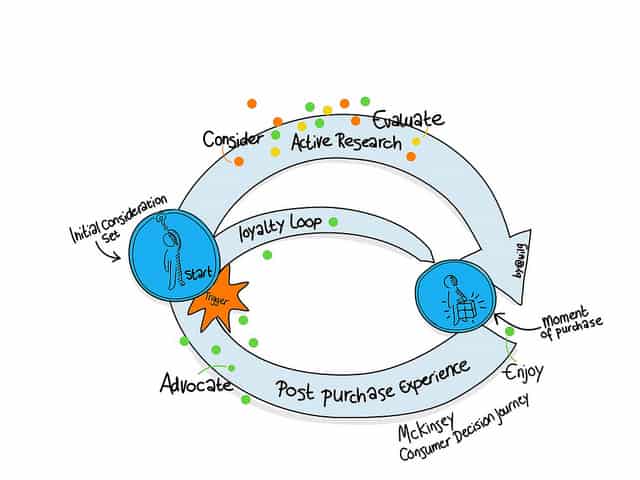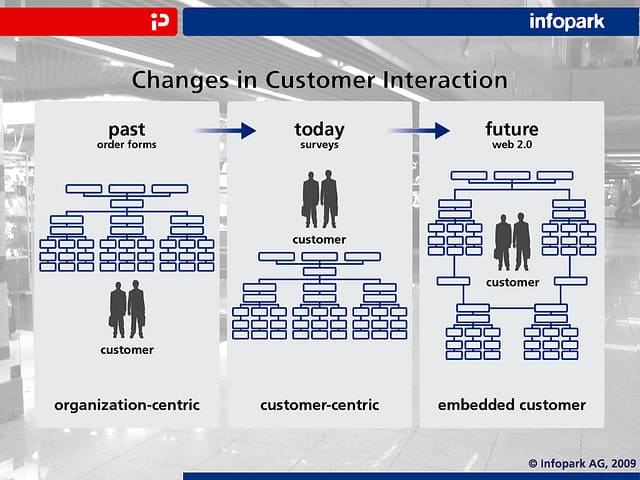Have you ever poured time and effort into developing a product or service only to find out it missed the Voice of Customer? It’s quite deflating. And sometimes, that kind of waste can be fatal to a company. Many companies think they know what their clients want, but very few take the time to investigate and confirm. In Six Sigma, we don’t want to guess – we want to be sure.
Voice of Customer (VoC) is the process of capturing your customers’ needs, wants, expectations, and feedback in their own words. We reach out to customers, clients, partners, and suppliers to ensure we hear what is really important to them (a practice often begun in the Define phase with tools like a SIPOC to identify customers and their requirements). Without customers, you have no company, so listening to their voice is vital for long-term success.
Voice of Customer Overview
Why is the Voice of Customer Important?
Soliciting the voice of clients is essential because, without customers, you have no company. The best way to achieve higher customer satisfaction is to ensure you deliver what they want, when they want it. The better you meet customer requirements, the higher their satisfaction. Delighted customers are loyal and may even help promote your products and services.
Failing to heed VoC can result in wasted resources, lost market share, or even business failure. Research shows 65% of customers expect companies to adapt to their needs, and 72% will switch brands if they find a better experience elsewhere. In today’s competitive market, the Voice of Customer provides early warnings and guidance on where you must improve to keep customers happy.
Many people fall into the trap of assuming customer needs based on prior experience. To truly understand your customers (whose wants and needs are constantly changing), you have to ask and clarify continually. If you do not know exactly what your customer desires, how can you possibly know if you are delivering what is expected?
VoC collection begins in the Define phase of DMAIC but continues through Measure and Analyze as we validate and quantify customer needs.

Why Solicit the Voice of Customer?
We proactively solicit the Voice of Customer so we can follow the principles of continuous improvement. Direct customer input lets us adjust our processes or offerings before small issues turn into big problems. For example, you might want to provide a better post-purchase experience so that your company can increase sales by moving customers into the loyalty loop rather than the less stable active research loop.
Involving customers early and often helps you innovate in line with real market needs instead of operating on guesses.

How do we find the Voice of Customer? (Methods for Collecting VoC)

There are many effective methods to collect customer feedback and hear the Voice of Customer. Broadly, approaches fall into two categories: proactive (you reach out for input before or during an experience) and reactive (you capture feedback given after an experience). Both approaches are valuable.
Surveys
Surveys are a staple for capturing the Voice of Customer at scale. They collect quantitative ratings and qualitative comments. Tools like CSAT or Net Promoter Score (NPS) provide actionable metrics on customer loyalty and sentiment. Well-designed surveys are timely, targeted, and brief. For more on survey structure, see our Data Collection Plan.
Interviews
One-on-one interviews allow deep exploration of customer needs. A skilled interviewer will use mostly open-ended questions and follow-up prompts. The quality of insight is high, though the process is time-intensive.
Focus Groups
A group discussion guided by a facilitator that explores customer preferences, perceptions, and pain points. Best for collecting qualitative data and identifying emotional responses.
Direct Observation (Gemba Walks)
Watch customers in their real environments. This method is ideal for capturing unspoken behavior or identifying usability gaps that surveys might miss.
Other VoC sources include complaint logs, support tickets, social media reviews, and direct feedback from customer-facing employees.
Examples of Raw VoC Statements:
“High quality”
“Great service”
“Quick delivery”
“Flexible options”
“Durable goods”
We use these starting points to build meaningful Critical to Customer (CTC) or Critical to Quality measures.
Input and Output Variables
In Six Sigma, we analyze VoC to understand what inputs (resources, materials, systems) and processes must change to influence desired outputs. Outputs are what customers see and evaluate, such as a finished product or completed service.
Customer feedback informs whether outputs meet expectations and can identify weak inputs. Feedback from downstream (like customer support) can be used to fix upstream processes (like product design or training).
For more on how these tie into performance metrics, see Specification Limits.

Proactive vs. Reactive Voice of Customer Collection
Proactive Collection
- Go to the Gemba
- Use mock-ups or beta versions
- Interview clients and partners
- Conduct early-stage surveys
- Run a model office or pilot simulation
Reactive Collection
- Online feedback (social media, reviews, forums)
- Customer service and support logs
- Post-transaction surveys
- Net Promoter Score (NPS)
- Learn more: The One Number You Need to Grow
Combining proactive and reactive VoC collection creates a more holistic view.
Key Success Factors for Effective VoC Tools
- Clear Objectives and Scope
- Representative Sampling
- Skilled Facilitation
- Comfortable, Neutral Setting
- Good Question Design
- Right Timing & Frequency
- Multi-Channel Engagement
- Closing the Feedback Loop
Designing Clear and Unbiased VoC Questions
- Eliminate vague language
- Avoid leading questions
- Clarify ambiguous questions or answers
- Keep it simple
- Pilot test for refinement
- Align questions to defined goals
For practical guidance, review our Data Collection Plan.
From VoC to Action: Next Steps
Capturing the Voice of Customer is only the beginning. You must translate feedback into actionable specifications using CTQ trees, the Kano Model, or QFD frameworks like the House of Quality. See our guides on Critical to Customer and Specification Limits.
In Six Sigma, the Voice of Customer becomes the foundation for defining your customer’s specification limits—what they truly value and what you must deliver.
Tip: Publish a “You Said, We Did” summary to close the loop and reinforce the value of customer input.
Voice of Client Videos
Six Sigma Black Belt Certification Voice of Client Questions:
Question: Which of the following is most important in evaluating and understanding design intent? (Taken from ASQ sample Black Belt exam.)
(A) Identifying the functional requirement
(B) Brainstorming failure modes
(C) Conducting computer simulations
(D) Developing FMEA
Answer:
C: be traceable to the voice of the customer. Functional requirements must be traced to the voice of the customer, or else there is no point in having them. Not all requirements are directly measurable, ruling out options a and d. The functional requirements will provide insight into what the performance limits should be but will rarely explicitly state them.
When you’re ready, there are a few ways I can help:
First, join 30,000+ other Six Sigma professionals by subscribing to my email newsletter. A short read every Monday to start your work week off correctly. Always free.
—
If you’re looking to pass your Six Sigma Green Belt or Black Belt exams, I’d recommend starting with my affordable study guide:
1)→ 🟢Pass Your Six Sigma Green Belt
2)→ ⚫Pass Your Six Sigma Black Belt
You’ve spent so much effort learning Lean Six Sigma. Why leave passing your certification exam up to chance? This comprehensive study guide offers 1,000+ exam-like questions for Green Belts (2,000+ for Black Belts) with full answer walkthroughs, access to instructors, detailed study material, and more.


Comments (2)
Greetings,
I have an urgent presentation for my group on Lean Six Sigma Black Belt and can’t build a workbook from scratch. Will you be able to send a workbook to me?
Thank you in advance.
Best regards,
Ayo Aduroja PMP.
I am sorry, Ayorinde. I do not have a workbook. I’ll reach out to you via email and see if there’s some other way I can help you.
Best, Ted.